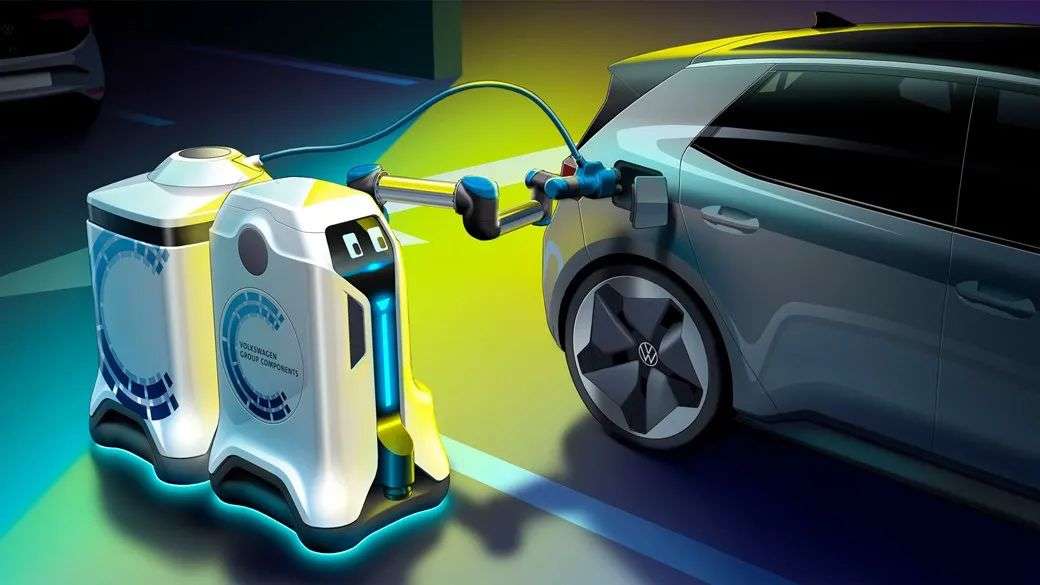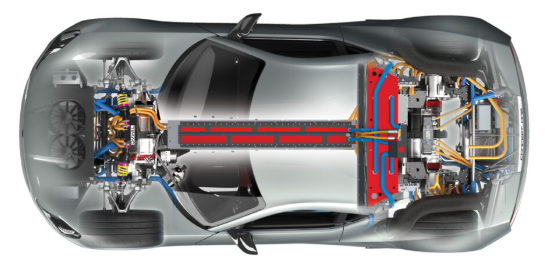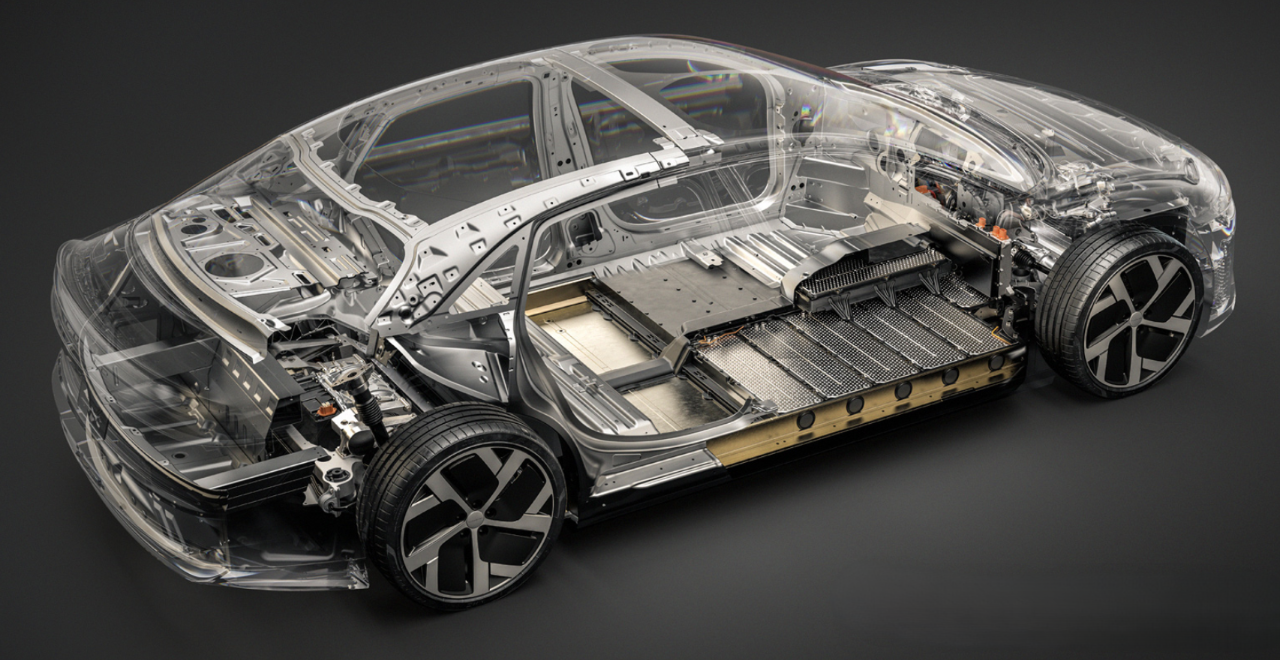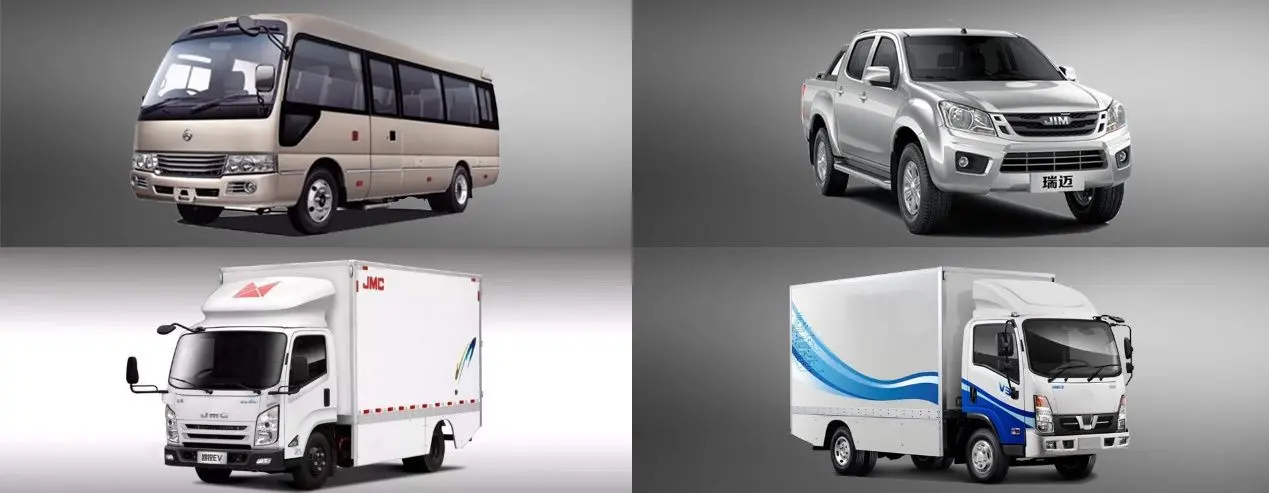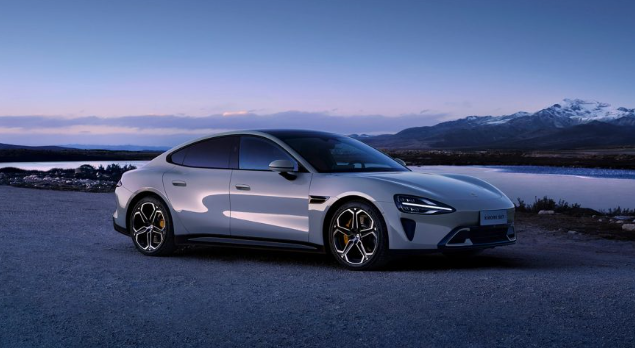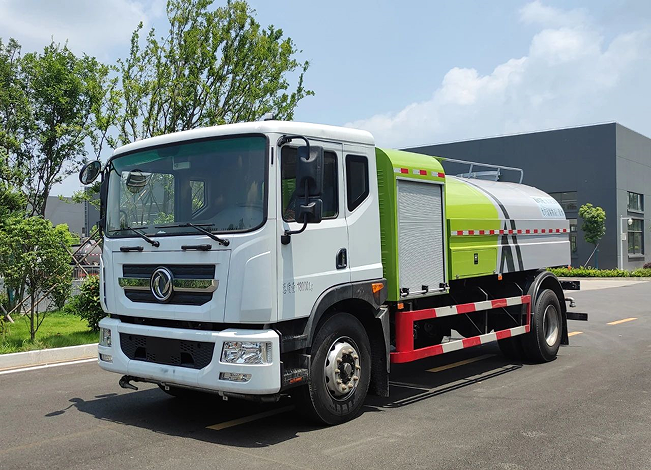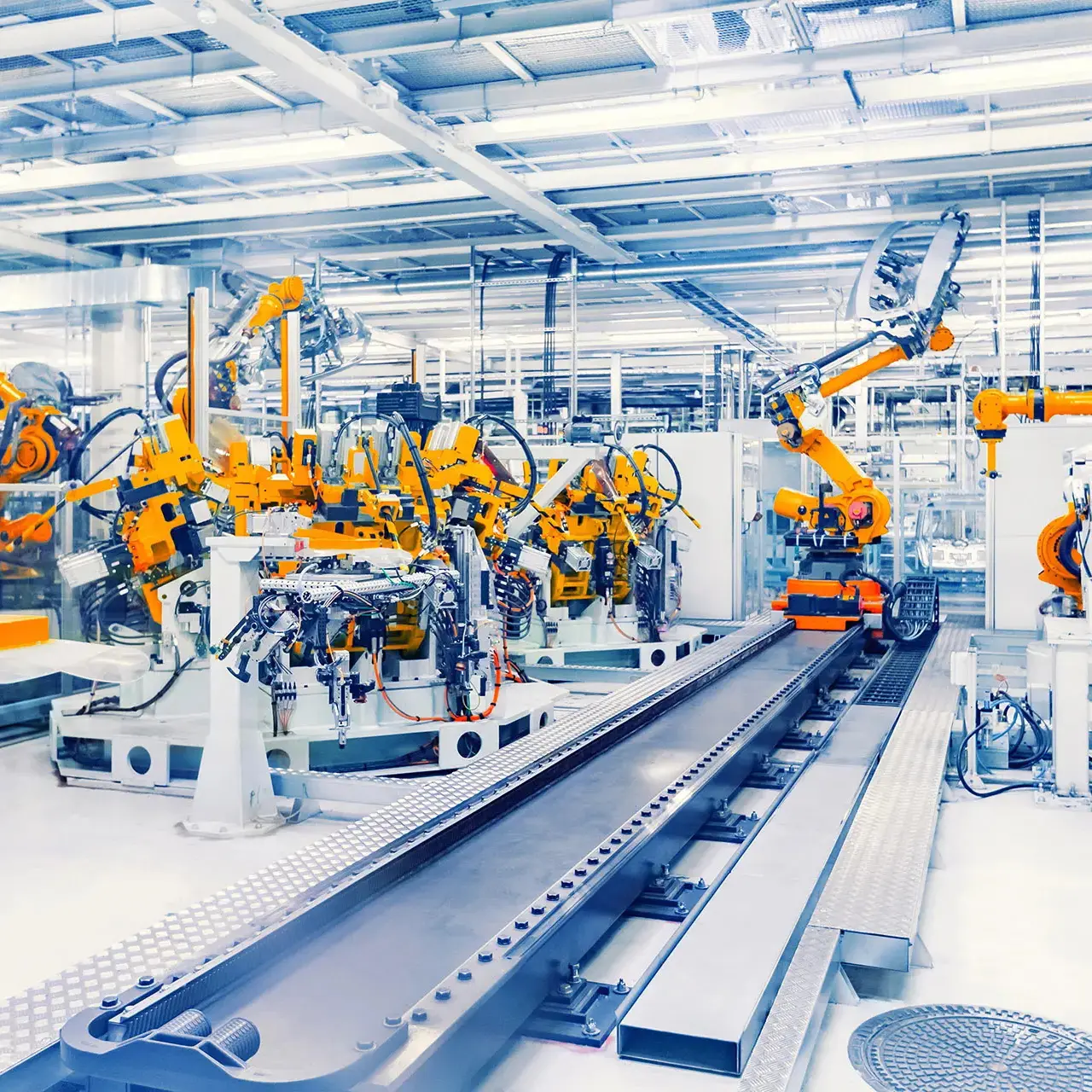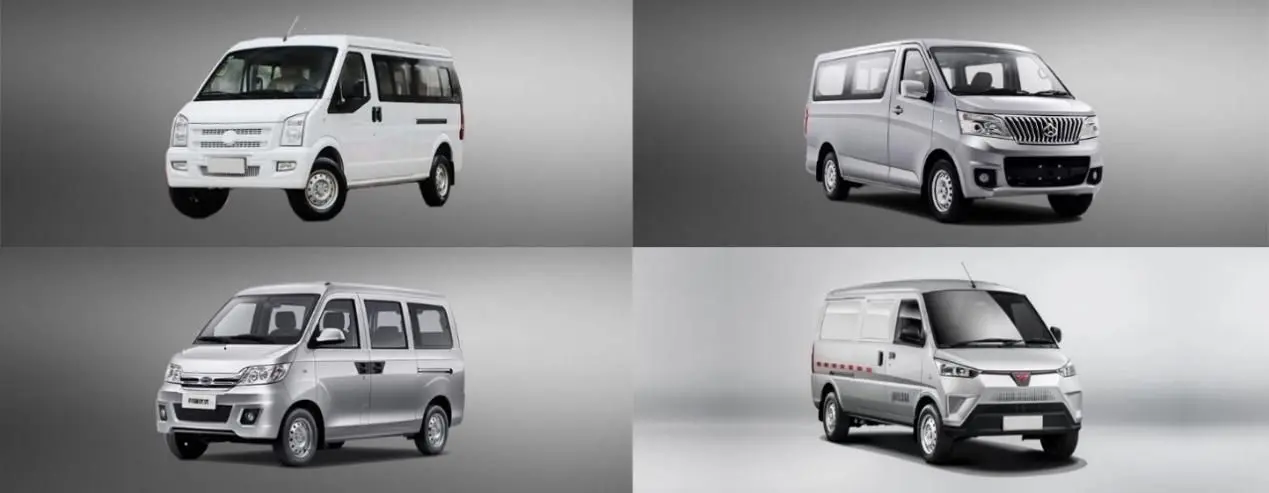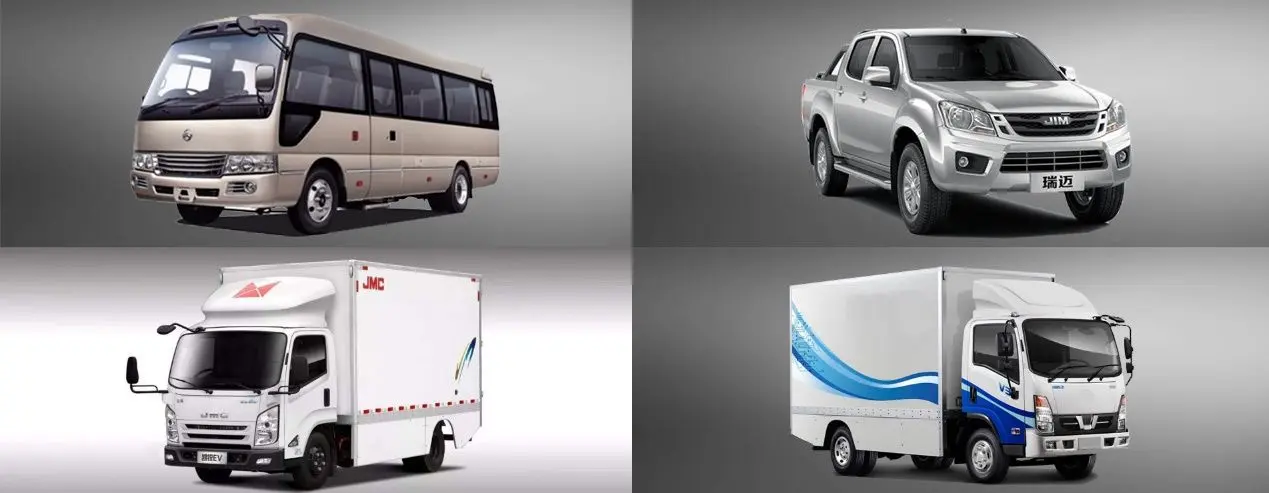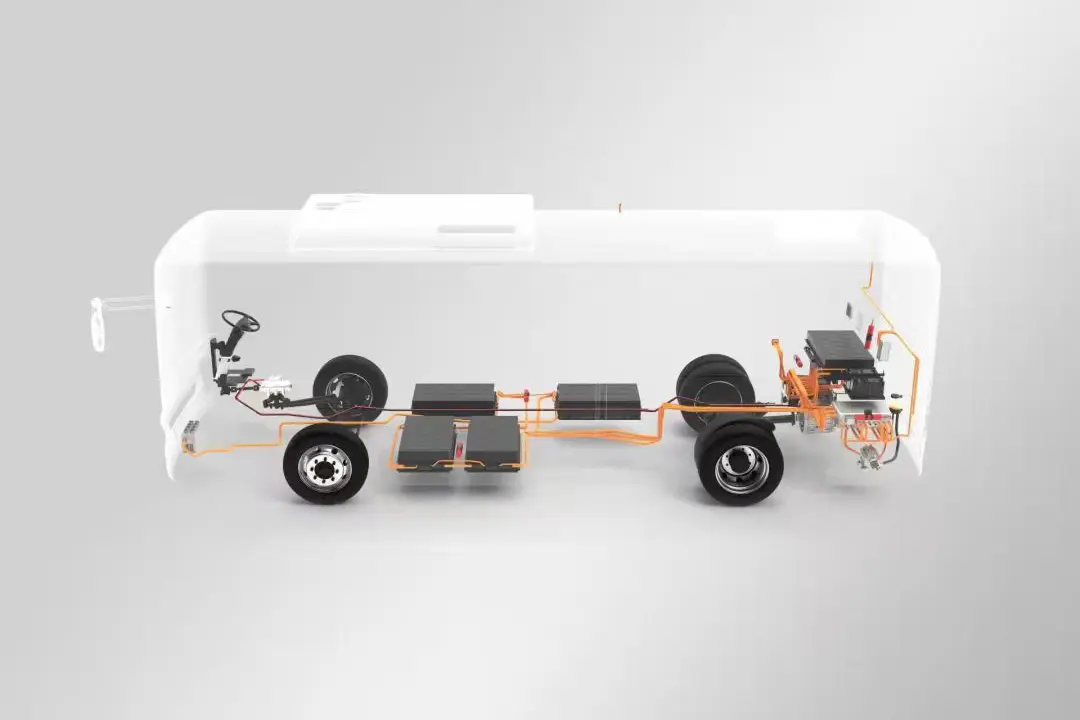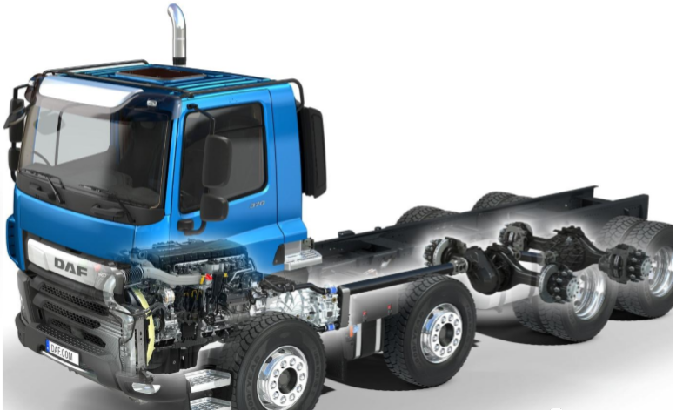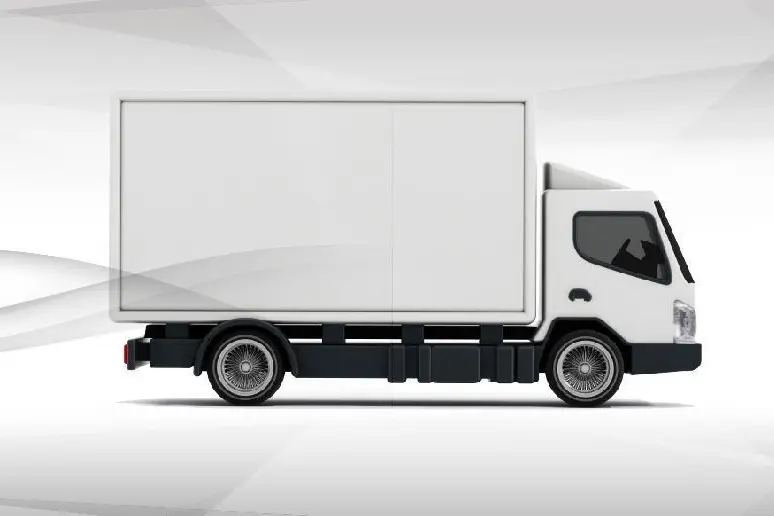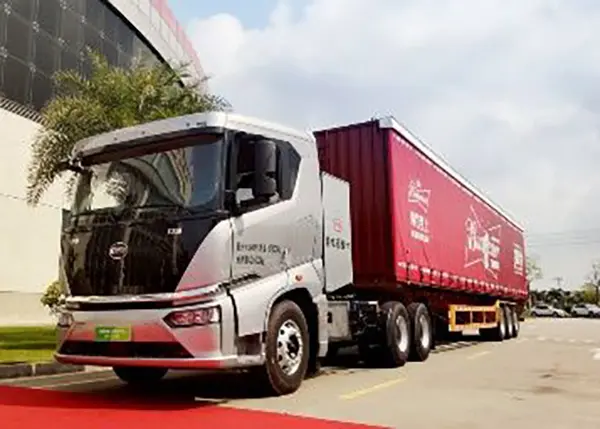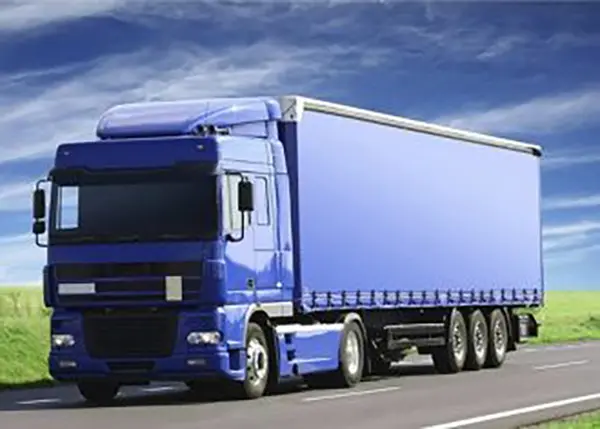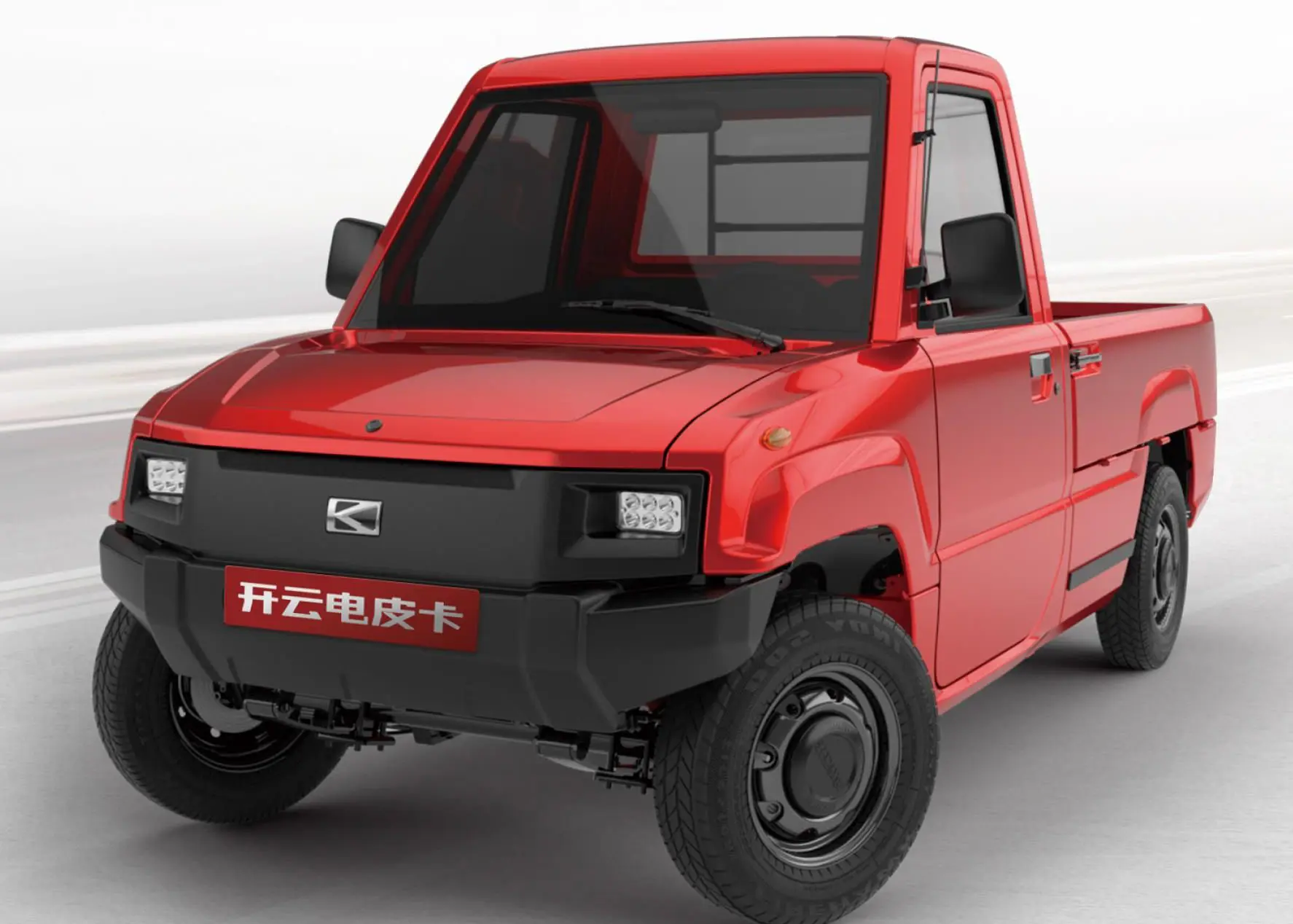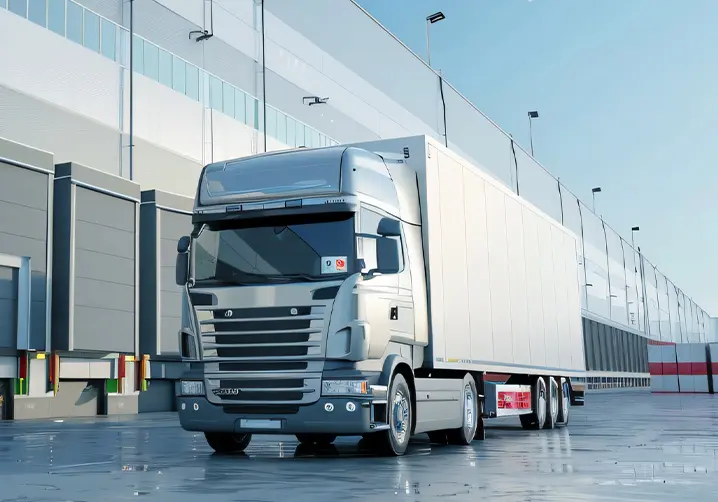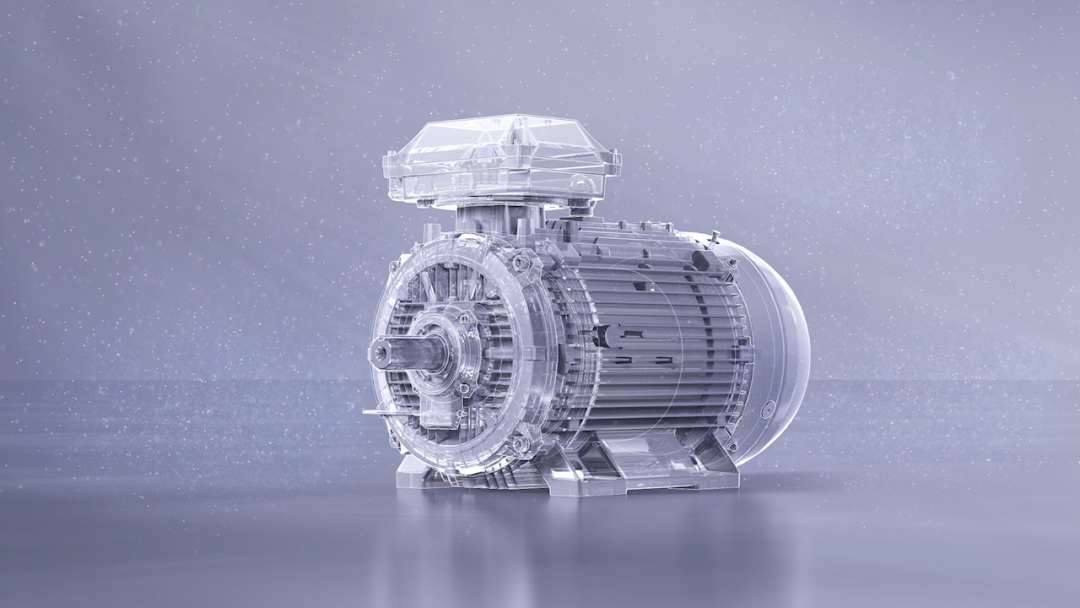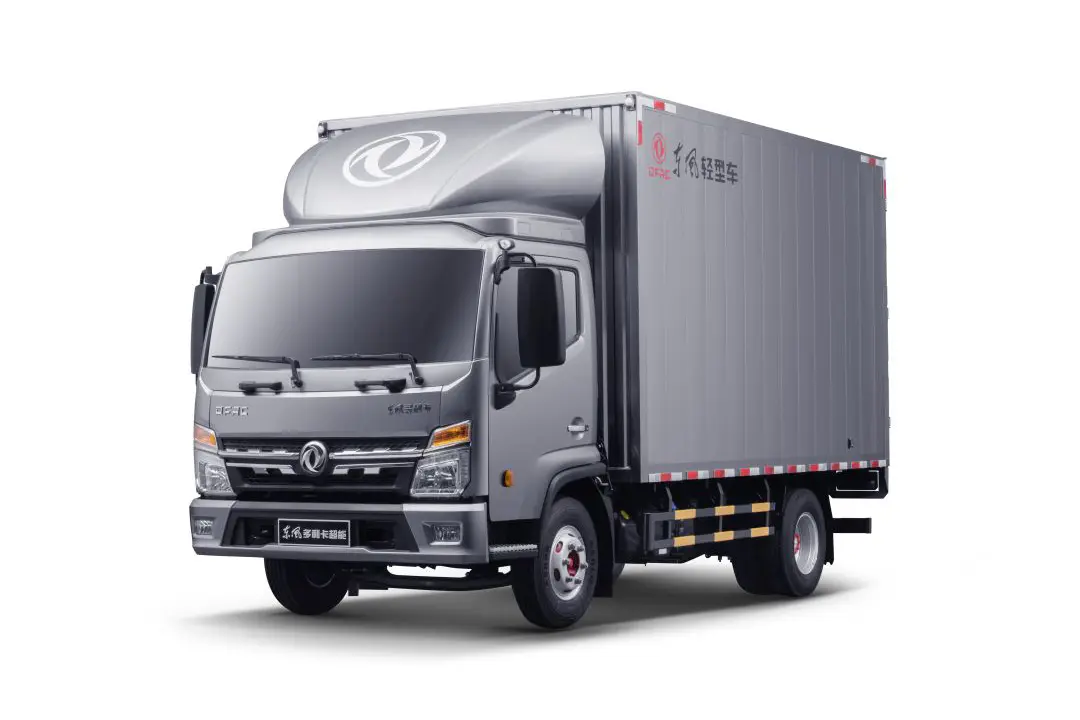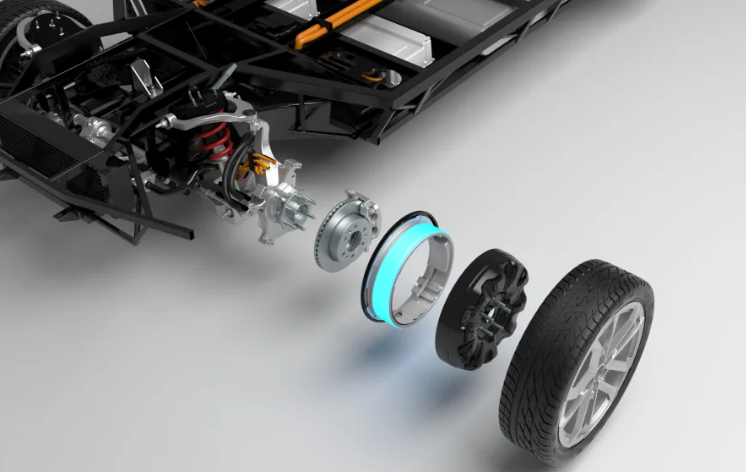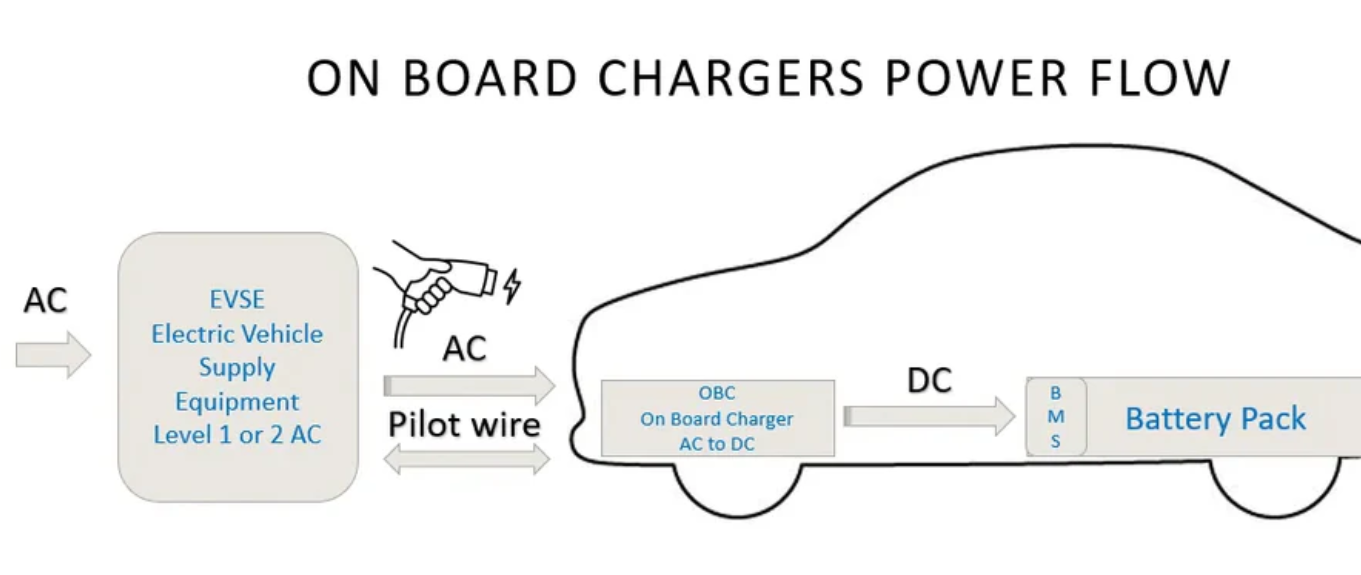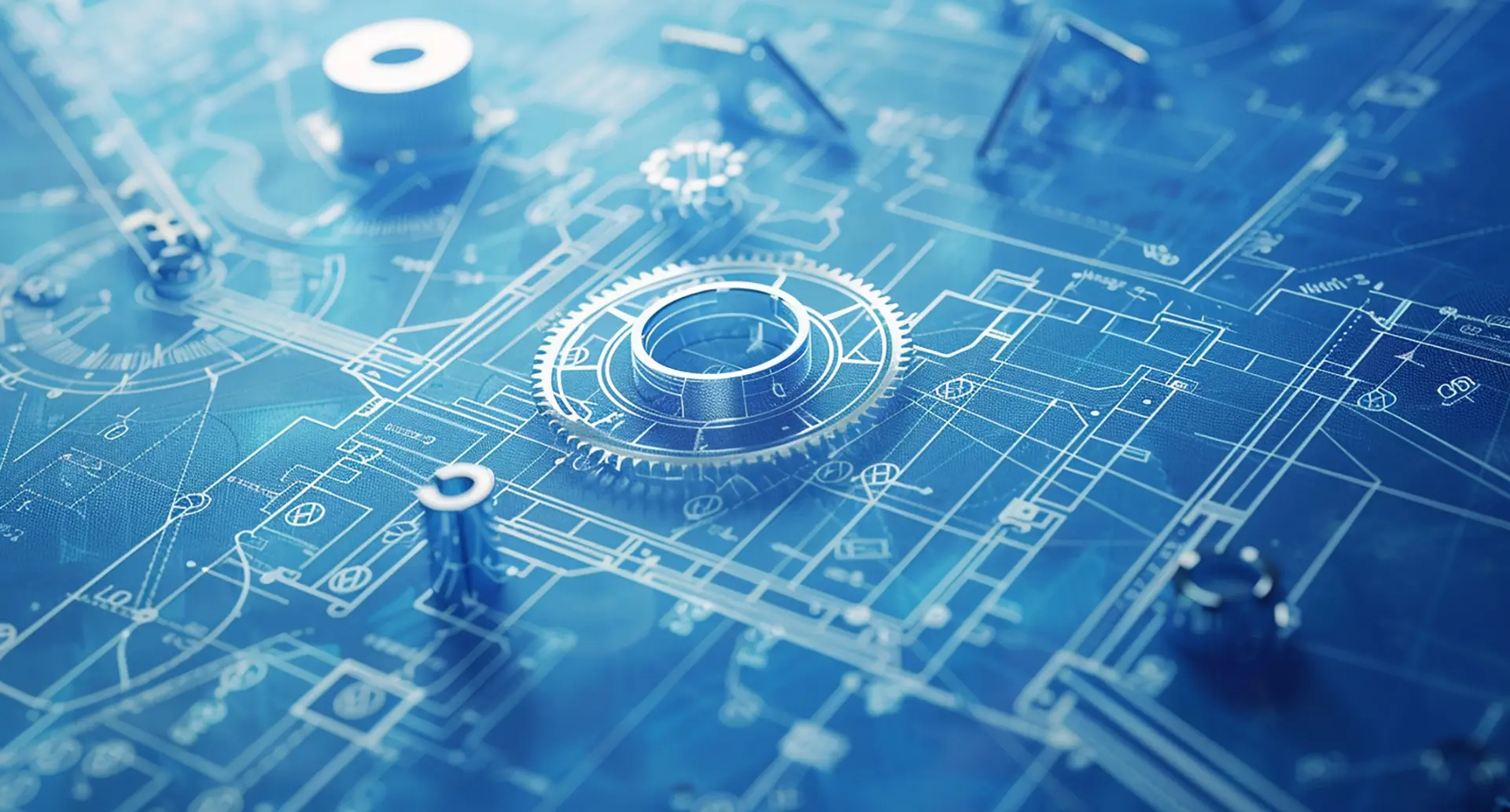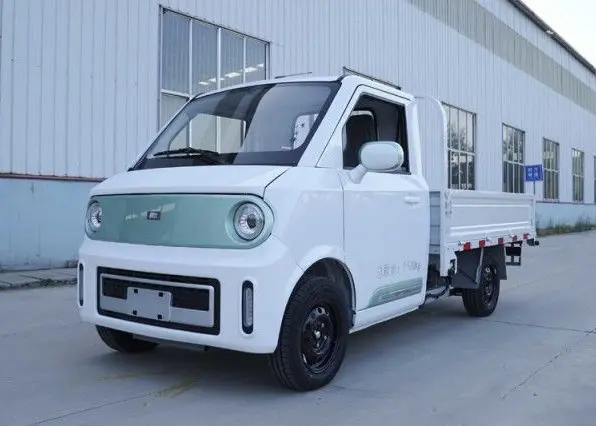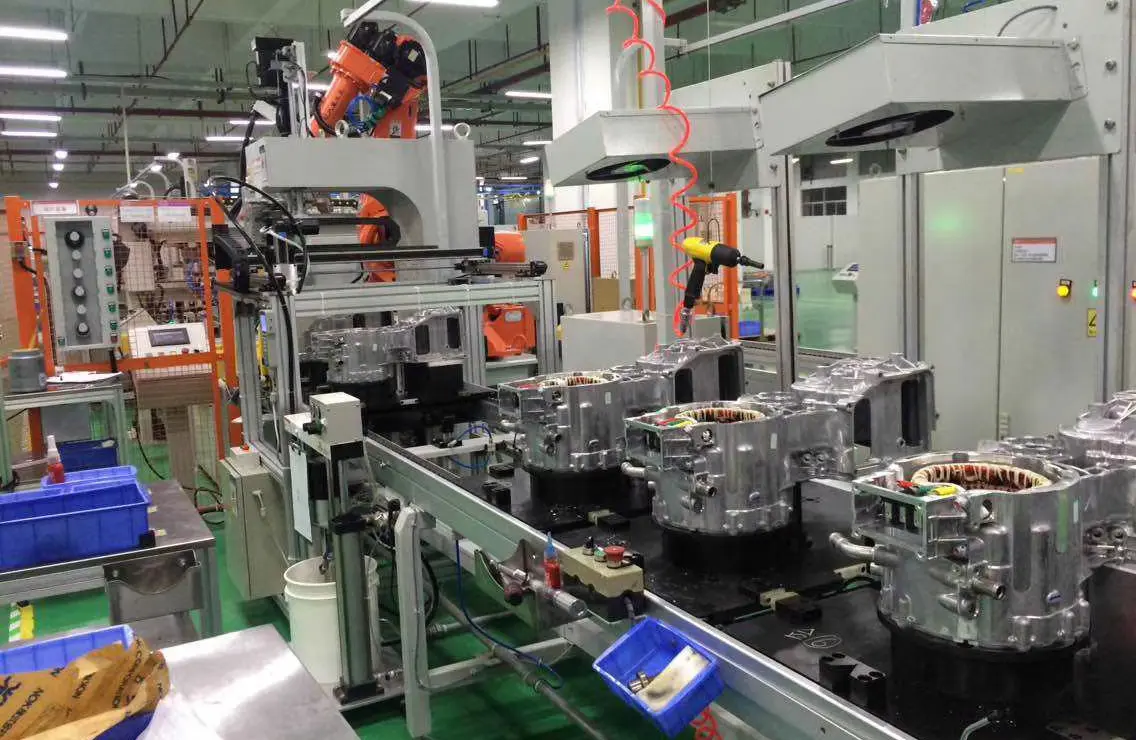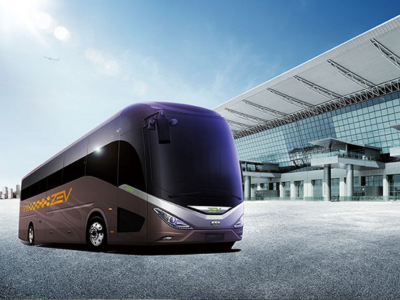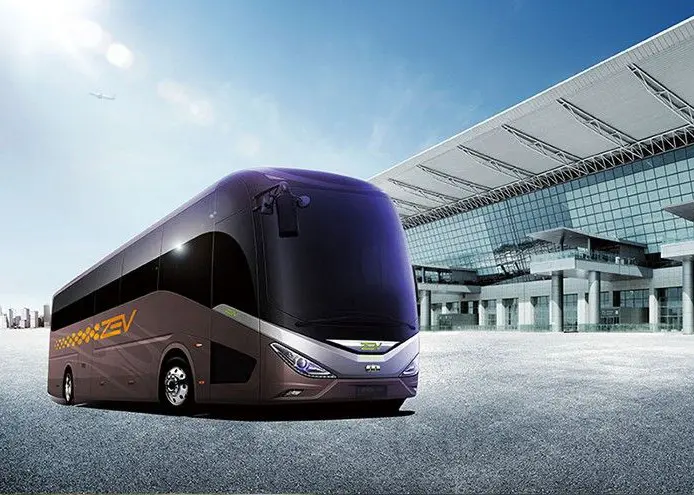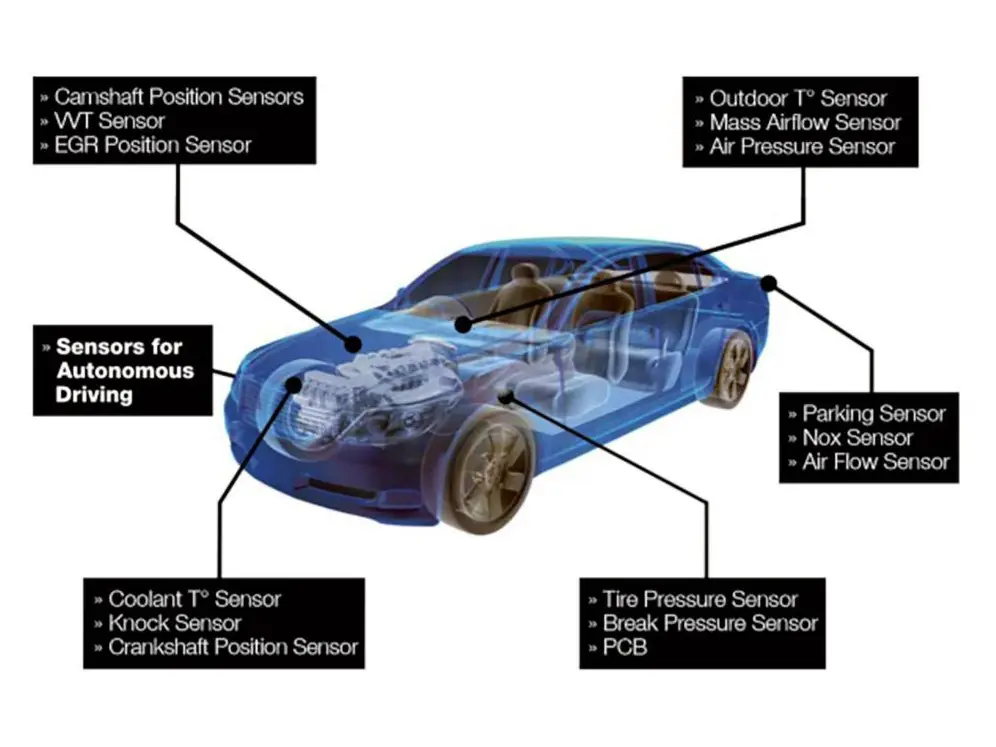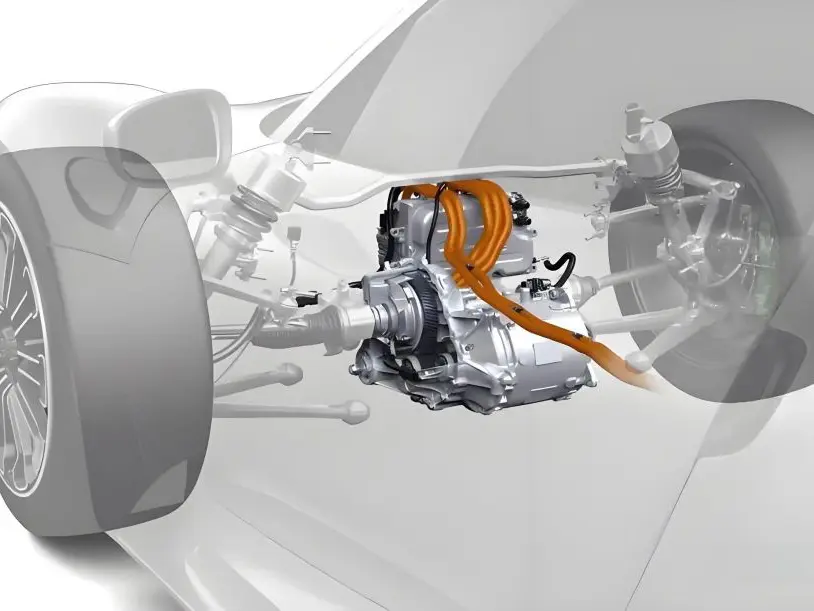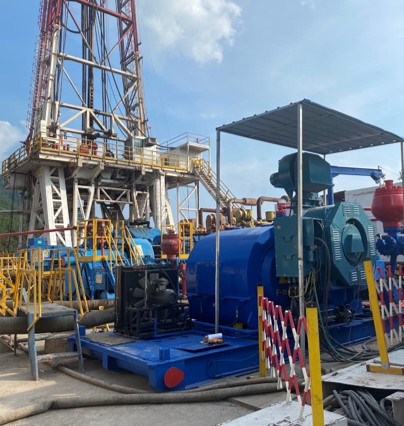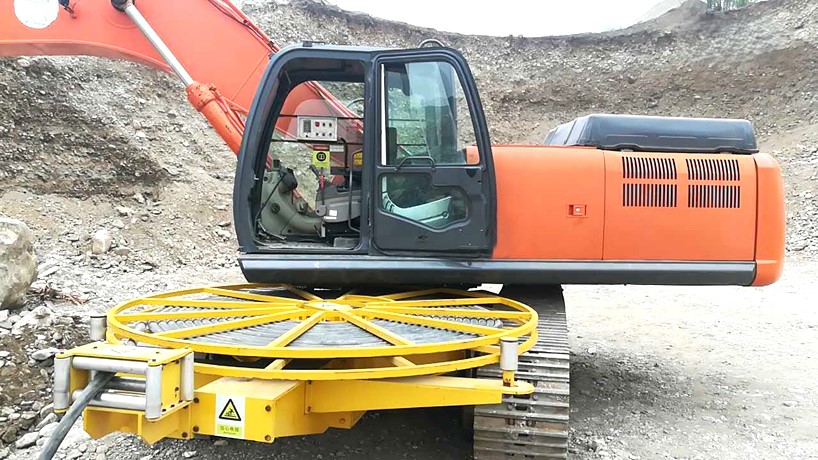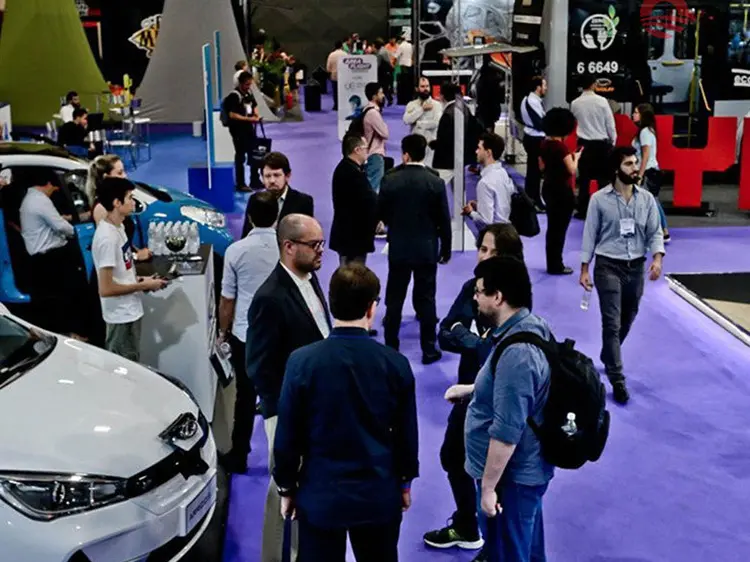The working principle and layout classification of the electric drive system of electric vehicles
Electric vehicles have the advantages of high efficiency, zero emission, environmental friendliness, and the control state will not be affected by the outside world, and their share is also increasing. Electric commercial vehicles are also emerging in this process. The main difference between electric vehicles and traditional modern vehicles is that the drive mode of electric vehicles has been changed to electric drive. The electric drive system is mainly divided into four parts: drive motor, transmission, power converter and controller. The electric drive system is the core of the entire new energy vehicle, which directly affects its economy, safety, reliability and other performance.
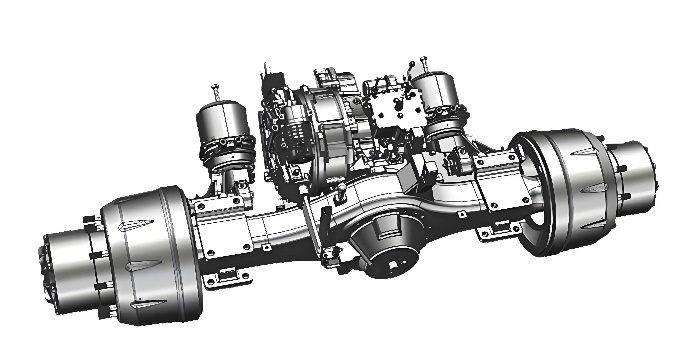
1. Introduction to electric drive system
The structure of new energy vehicles is mainly composed of electric drive system, chassis part, body structure and various related auxiliary devices. Except for the electric drive system, the function and structural composition of the rest of the parts are generally similar to those of conventional automobiles, but some parts have been simplified, modified or replaced due to the different drive methods selected. The composition and working principle of the electric drive system are shown in Figure 1, which can be divided into three parts: auxiliary module, on-board power supply module, and electric drive main module.
2. Layout classification and characteristics of electric drive system
- The central electric drive assembly, as shown in the figure, integrates the drive motor with the gearbox, replacing the conventional engine and gearbox, but still requires a driveshaft as well as a conventional axle. In terms of arrangement, it is similar to the traditional automotive powertrain. Moreover, the transmission route is long, the energy loss is large, and the system efficiency is low; The bottom space is occupied in large quantities, which makes it difficult to arrange the power battery. For example, the central electric drive assembly of the type CeTrax produced by ZF Friedrichshafen AG in Germany, as shown in Figure 3, is suitable for low-rise and high-rise buses. Based on a "plug-and-drive" design approach, CeTrax can be integrated into current vehicle platforms without major changes to the chassis, front and rear axles or differentials. The maximum output and peak torque are 300 kW and 4 400 Nm, respectively.
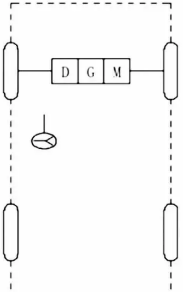
- The integrated electric transaxle (parallel/coaxial/vertical axes) is shown in the diagram and integrates a conventional transaxle with an electric motor, which is decelerated and torsionally increased and used directly to drive the wheels. It saves the previous transmission shaft, suspension bracket and other parts, which makes the cost of loading low; High transmission efficiency; It occupies less space and is more convenient for the layout of power battery packs; and less effective in terms of NVH; The unsprung mass is large and offset, and the maneuverability of the whole vehicle is not high. For example, the two-speed integrated drive axle of the model of QT130SPE produced by Qingte Group Co., Ltd., as shown in Figure 5, is suitable for 49T tractor with a rated load of 13 t. The dual magnetic edge shift scheme makes the gear shift smooth and the driving experience more pleasant. The integration of traditional systems effectively releases the chassis space and provides better passability.

- As shown in the figure, the highly integrated motor, reducer and traditional drive axle cancel the transmission shaft and differential, and the transmission efficiency is high because it adopts electronic differential transmission; And it occupies less space, and the power battery layout is more convenient; However, the unsprung mass is large, which is not good for the handling of the whole vehicle, and the electronic differential control is difficult. As shown in Figure 7, the motor type adopts asynchronous motor, which is applied to 10 m ~ 18 m bus, the maximum power is 2×125 kW, the maximum axle load mass is 13 000 kg, and its controller inverter is not integrated on the axle, with a two-stage deceleration mechanism.
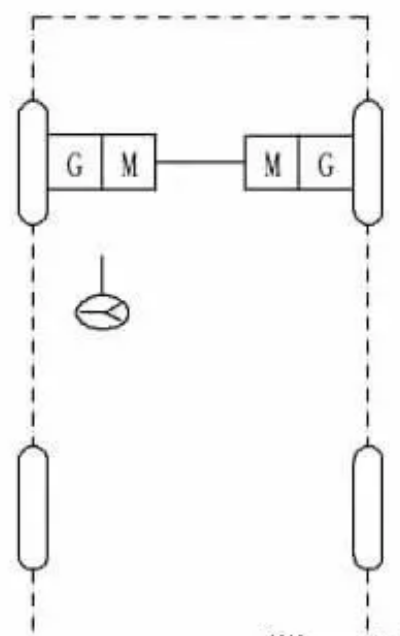
- As shown in Figure 8, the in-wheel motor part is highly integrated with the drive axle part [1], and the drive motor directly drives the wheels is the future development direction. This drive system has the highest transmission efficiency, and has the advantages of light weight and low energy consumption; The braking energy recovery efficiency is close to 100%, but the cost is high. When the motor size is large, there are problems such as overheating, demagnetization, and industrial chain system, and at present, the technology in this area is not mature. For example, the in-wheel electric drive axle produced by the Dutch company e-Traction, as shown in Figure 9, has zero emissions, low cost of ownership, and an efficiency of up to 94% from the battery to the wheel, which is 15% higher than that of ordinary electric drive systems, and reduces moving parts. The range is increased by 20% and the battery size is reduced by 20%. Easy to maintain, low noise, high comfort and high redundancy, the independent control of wheels occupies a small area, high space utilization, and flexible control mode, which is suitable for 12 m~18 m buses and trucks, and has a wide range of applications.
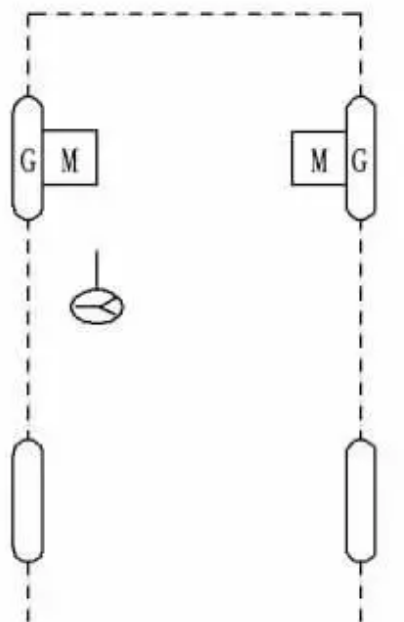
At present, the common types of electric drive systems for new energy commercial vehicles are mainly central integrated electric drive systems, wheel side electric drive axles, and integrated electric drive axles. The centrally integrated coaxial electric drive axle is used for medium- and heavy-duty trucks as well as wide-body dump trucks. Wheel side electric transaxles are often used in bus series of more than 10 m. The integrated electric drive axle is often used in trucks and 6 m~7 m minibus series. The integrated electric drive axle is divided into three forms: parallel axis, coaxial and vertical axis. Among them, the drive motor of the vertical axis integrated electric drive axle is connected and driven by the drive axle at a perpendicular angle, and the hyperboloid gear reduction mode is adopted, the speed ratio is small, and the system power density is low. The parallel shaft is integrated with the electric drive axle, the motor and the drive axle are arranged in a parallel state, and the motor is multi-offset. Mostly cylindrical gear transmission, large speed ratio, high power density; Due to the large unsprung mass and offset, the handling and comfort of the whole vehicle are poor. Domestic integrated electric drive axles mostly adopt parallel shaft type.
Compared with the central drive system, the integrated electric drive axle has a high degree of integration in terms of motor, reducer, differential and axle; The design and control of automatic transmission and the control technology of electric drive system are difficult; The chassis occupies a small space, and the battery arrangement is convenient; It can achieve high energy recovery, light weight, 10%~25% lower than central drive, effectively reduce power consumption, high motor speed, small size, and high power density. However, the motor and gearbox are under the suspension, and the unsprung mass is large, which is not conducive to the improvement of vehicle handling and comfort. It is difficult to develop automatic transmission design and control, electric drive system control technology, and commercial vehicle drive axles. The motor and gearbox of the central drive system are above the suspension, and the unsprung mass is small, and the vehicle handling and comfort are high. It is difficult to design and control automatic transmissions and develop control technologies for electric drive systems.
The development trend of new energy heavy trucks
With the development and research of new energy heavy trucks in the industry, considering the main factors such as economy, integration and safety, combined with the future development trend of electric drive systems with lightweight, high-speed, high-efficiency, high reliability and good NVH, the development trend of new energy heavy trucks mainly includes the following aspects.
1) Low production cost and low maintenance cost. In the daily use of new energy heavy trucks, charging piles, vehicle maintenance, and battery life require a certain amount of capital investment. In order to ensure economic requirements, the pursuit of lower costs and maintenance costs is one of the main goals of promoting new energy vehicles.
2) Lightweight body weight and modularity of electronic control system. The greater its own mass, the higher the energy consumption of the battery during operation. Electric drive systems require more and more complex components to control, and modularity is a way to break down complex systems into better manageable modules. While lightweighting and optimizing its own structure, it is also necessary to meet the strength requirements and improve the utilization rate of raw materials. Make it high-speed and reduce motor torque; High efficiency, reduce the energy consumption of the whole vehicle.
3) Larger climbing degree and strong power performance. The power that an electric drive system can provide is limited by factors such as motor power and battery size. Heavy-duty trucks have a heavier mass and a higher load capacity, and often lack power when climbing slopes and poor road conditions (muddy, potholes, etc.).
4) Low energy consumption and high reliability. Cruising range is one of the important performance indicators of new energy vehicles, and it is particularly important in the operation of new energy heavy trucks. The amount of remaining mileage and the energy consumption under complex road conditions all put forward higher requirements for reliability. In-depth load spectrum studies are carried out to identify consumable components and increase the working life of the overall system. Strengthen the ability of simulation analysis and test verification under extreme working conditions.
5) Good driving experience. Use high power and torque density to achieve better acceleration, complex road conditions, uphill and overtaking performance. Optimize the NVH of the electric drive system itself, so as to improve the NVH quality of the whole vehicle.
Conclusion
To sum up, the working principle, classification and specific products of electric drive are introduced, and the configuration and implementation scheme of electric drive system at this stage are briefly described. With the gradual development of electric vehicles, the update and iteration of low-end products have greatly improved performance, transmission efficiency and cruising range, which has made the multi-speed transmission become the development trend of electric vehicle transmission system in the future. In terms of electric vehicles and commercial vehicles, the main forms of electric drive systems are wheel side electric drive axles, integrated electric drive axles and central electric drive assemblies. Passenger cars mostly use wheel electric drive axles, trucks mostly use integrated electric drive axles or central drive assemblies, and heavy trucks are suitable for the form of integrated electric drive axles or central drive assemblies. After comparison, in order to meet the higher performance requirements and achieve better economic benefits, the electric drive system scheme using the overall configuration of high-speed motor and multi-speed gearbox is more in line with the future development trend.
Read More: The composition and development trend of electric axles










